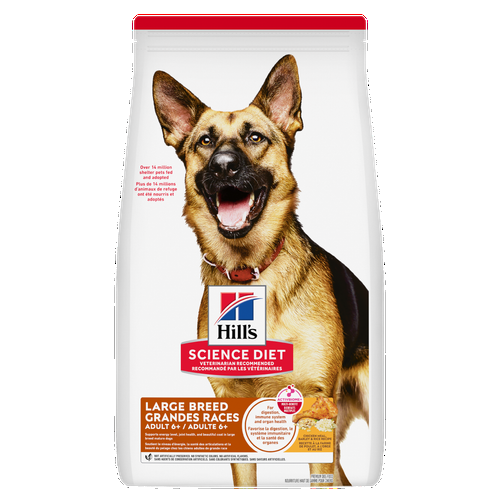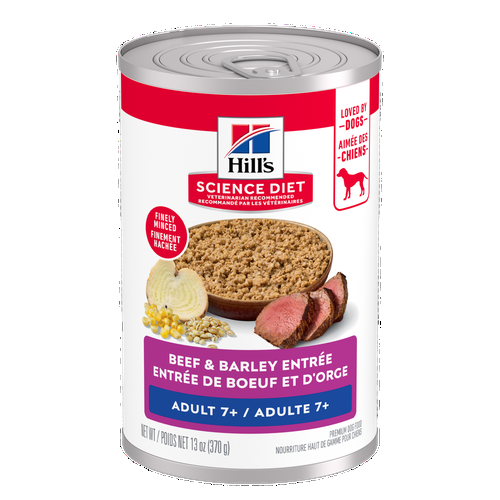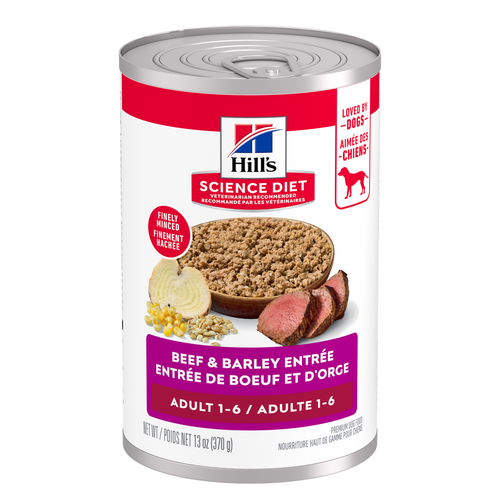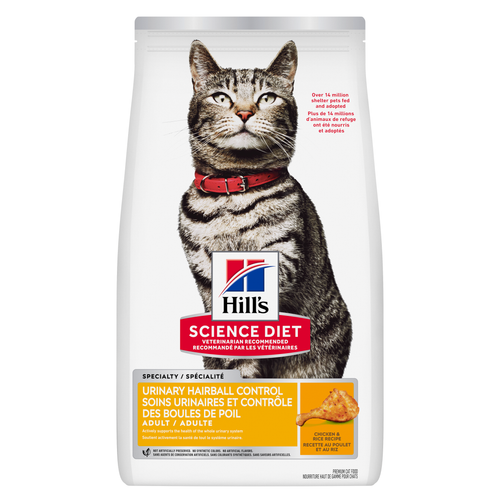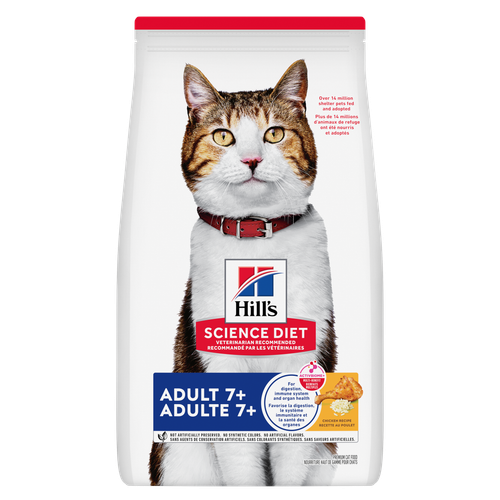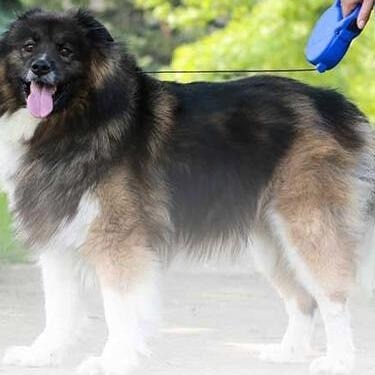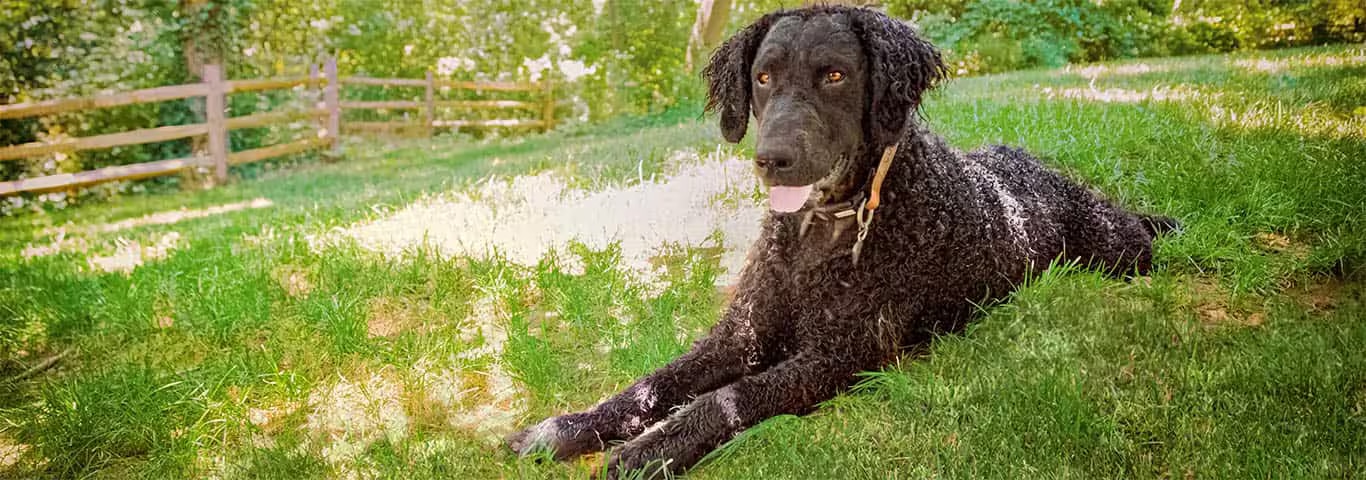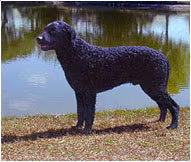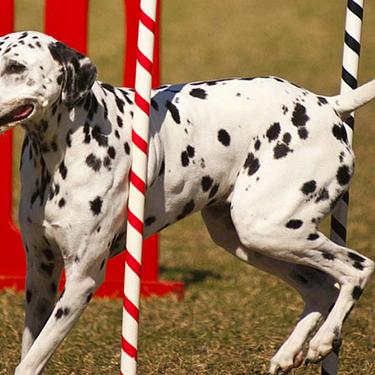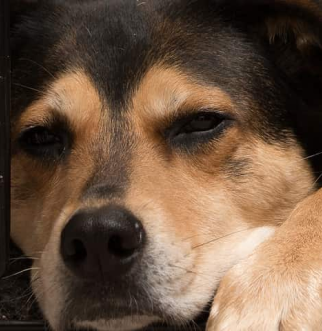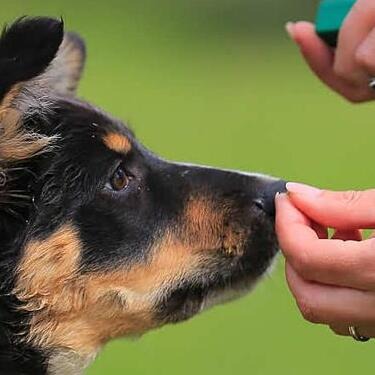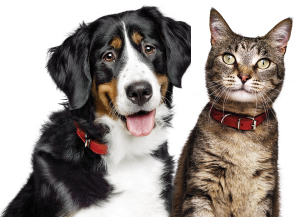These dogs are black or liver-colored, and some may have a few white hairs. The coat tends to be oily, which may make this dog a poor choice for anyone with allergies.
The curly-coated retriever is about 25 to 27 inches tall and weighs about 65 to 80 pounds (29 to 36 kilograms). The head is long, and the ears are set rather low. This dog is agile and muscular, yet graceful.
Curlies live an estimated eight to twelve years.
Curly-coated retrievers are even-tempered, affectionate dogs that get along well with children and prefer to be with their human family rather than left on their own outside. They are highly energetic dogs, however, and may be too rambunctious for very small children.
Generally, curly-coated retrievers are considered intelligent and easy to train. However, it is said that some individuals in the breed can be stubborn and that Curlies are slow to mature, so it may take a bit longer to train them compared with other retrievers.
Curly-coated retrievers can be very reserved around strangers and will guard the family more so than some of the other sporting breeds. They should be socialized carefully from the time they are young to prevent extreme shyness around strangers.
Curly-coated retrievers are sporting dogs at heart, so they need lots of exercise. They are not suitable for apartment living; they need a substantial yard where they can romp. The curly is best suited for an active family that will include the dog in home life and outdoor activities. Curlies especially thrive on swimming and retrieving.
The breed is considered an average shedder. The coat is easy to care for and only needs some routine brushing to stay in excellent condition. If brushing makes the coat frizzy, simply dampen or wet the coat to restore the curls. Some guardians of curly-coated retrievers never brush their dogs and, instead, only bathe them from time to time. Because of the oily coat, count on bathing this dog at least three times a year.
The curly-coated retriever is a working game dog that originated in England perhaps as long ago as the 1700s. Its exact ancestry has long been lost, but it probably stems from crosses of the old English water dog, Irish water spaniel, a small type of Newfoundland, and later, perhaps even poodle. True to their heritage, Curlies are great swimmers and hunters.
The curly-coated retriever is one of the oldest British retriever breeds and was first shown in England about 1860. According to the Curly-Coated Retriever Club of America, this was the first breed classified as a retriever and exhibited at a dog show. Of all the curly breeds, the curly-coated retriever has the distinction of being named for its curly coat, which may be an indication that this dog was the first of all the curly-coated breeds.
Some breed historians describe these dogs as the "blue collar" of retrievers, because they tended to be owned by gamekeepers and poachers, not aristocrats. Curly-coated retrievers were "meat dogs" that would find birds left behind by other dogs.
In the United States, the curly-coated retriever was introduced in the early 1900s but remains a relatively rare breed, even though it has many qualities that make it a great sporting dog and family pet. In 1994, for example, it was number 123 out of 137 breeds then recognized by the American Kennel Club.
Adopt a pet. Change a life.
Are you prepared to adopt a pet? Use these tools to make sure you are ready for the commitment.
Adopt a pet. Change a life.
Are you prepared to adopt a pet? Use these tools to make sure you are ready for the commitment.

